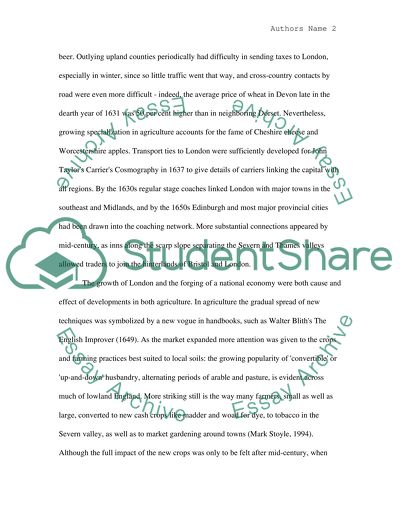Cite this document
(“How important were farming regions in determining allegiance in the Essay”, n.d.)
Retrieved from https://studentshare.org/history/1525413-how-important-were-farming-regions-in-determining-allegiance-in-the-english-civil-war
Retrieved from https://studentshare.org/history/1525413-how-important-were-farming-regions-in-determining-allegiance-in-the-english-civil-war
(How Important Were Farming Regions in Determining Allegiance in the Essay)
https://studentshare.org/history/1525413-how-important-were-farming-regions-in-determining-allegiance-in-the-english-civil-war.
https://studentshare.org/history/1525413-how-important-were-farming-regions-in-determining-allegiance-in-the-english-civil-war.
“How Important Were Farming Regions in Determining Allegiance in the Essay”, n.d. https://studentshare.org/history/1525413-how-important-were-farming-regions-in-determining-allegiance-in-the-english-civil-war.


